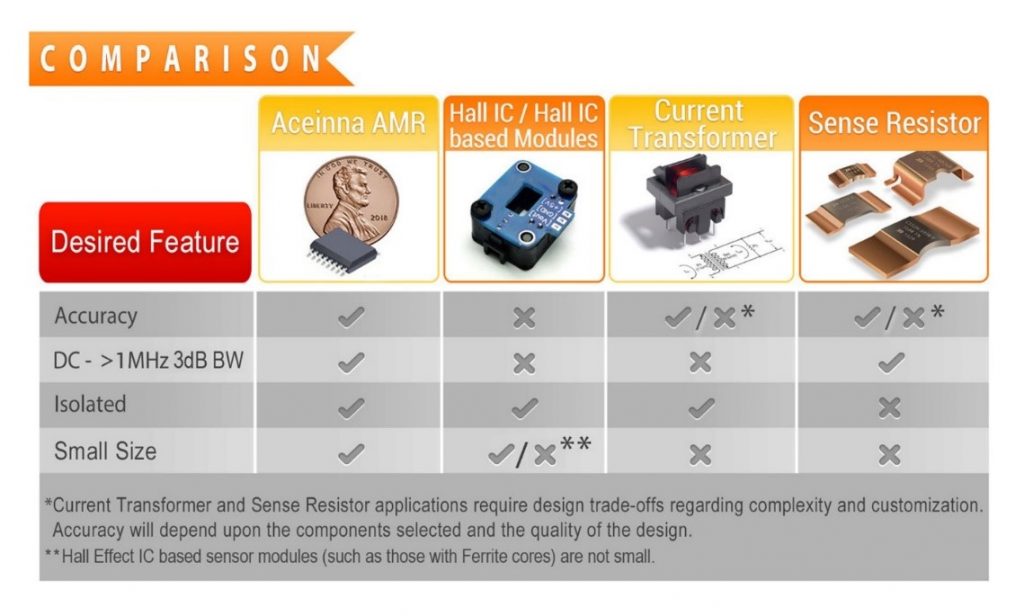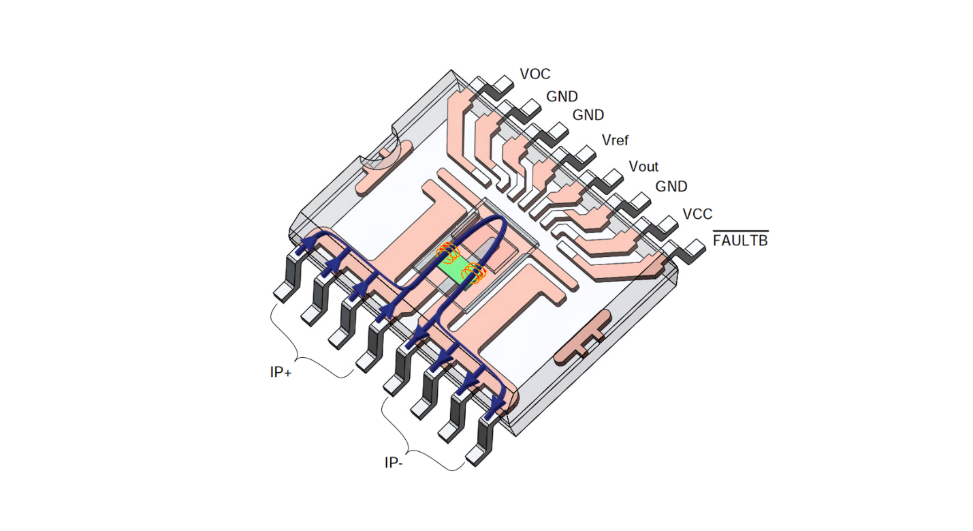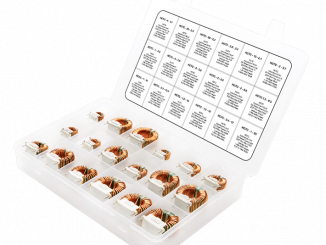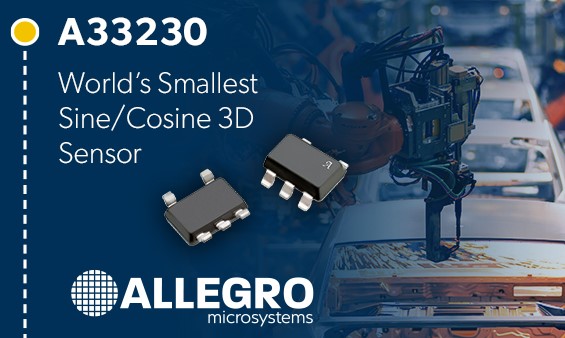By Khagendra Thapa, Aceinna

There is a tremendous amount of pressure on the embedded electronics community for higher efficiencies and better system performance. This is due to multiple factors from thermal management issues, to increased power densities, to battery life and more. This pressure to improve is driving development in many areas. Much of the focus today is on advanced materials, topologies, and advanced software-defined architectures.
There are other factors to consider in the pursuit of increased efficiency, like good old-fashioned feedback. The more you know about the performance of your system, the better you can manage it. You can have the best semiconductors, in the latest circuit designs, driven by the most advanced software, and unless you know exactly what the system is doing, you cannot optimize it. There is no precision without feedback, and the more accurate the information, the more precise your system can be.
One of the things to look at in high-performance computing is how you manage the power to it, to either optimize performance, or monitor processor workloads. One can measure the current flow into a system as a proxy, to see whether it’s running at optimal level, or you can load more computations, or workload, onto the processor. In addition to optimization, accurate current sensing also empowers revenue generation from servers and data centers, charging clients based on the workload or computational power used.
Current sensing
Current sensing in a circuit is an important way to get precise performance feedback, giving you an insight into how efficiently the system is operating. Used in control, protection, and measurement circuits, current sensors measure the power flow within the system, and is often used to dynamically control switching frequencies to minimize losses. Accurate and fast current measurement is key to reducing loss in zero-current and zero-voltage switching systems, as any current or voltage across a switching transistor during the switch phase is wasted energy.
AMR technology
Anisotropic Magnetoresistive (AMR) isolated current sensors offer high accuracy and bandwidth in a small surface-mount technology package. In comparison to sense resistors, Hall-effect devices, and current transformers, an AMR-based current sensor like the ones from our company are drop-in devices made from an NiFe thin film that exhibits a very high-sensitivity and high-bandwidth response to magnetic fields.

An AMR based sensor is especially valuable for applications where isolation is needed, due to its construction, compared to legacy methods. For example, one of the simplest ways to manage current is to use a shunt resistor, measuring the voltage dropped across it, but this solution is inherently not isolated. If you need to add isolation, which is the case for higher voltage and/or current applications, the component count goes up, increasing cost and all the problems associated with an increased number of components om the board.
Another approach is to use a current transformer, but that solution can be bulky. In addition, current transformers only work with AC. A current transformer also has a saturation effect. A third way is to put a Hall-effect sensor in the gap and use it to measure the current through the wire. As there are numerous ways to measure current, the kind of sensor you specify in your power design, will impact the cost, size and effectiveness of your efforts.
The AMR technology that we develop is a compact, single-chip solution. Compared to a shunt register, AMR technology uses an insulating substrate, with 4.8KV isolation, and does not require additional components other than a decoupling capacitor. Compared to a transformer, it’s not only the size, AMR technology can respond to both DC and AC bi-directional current. Compared to Hall-effect-based solutions, AMR tech offers a bandwidth of 1.5 megahertz, and has a lower offset and noise, which leads to better accuracy and lower phase shift. That, combined with AMR tech’s very fast output step response, provides an accurate and compact solution that can perform critical measurements for protection and control of power systems.
How it works
Within the sensor, four pins take the current in from one side, and on the same side, it returns through another four pins. As the current flows through the lead frame it flows in a U bend through the device, with the current going in one direction and returning on the bend. As the current flows through the lead frame it generates the field to be measured. When the current reverses, it has a reverse field. There are two separate AMR current sensors in the device, that measure the field from both current directions, canceling out external fields and offsets which might be present.

This dual-sensor configuration gives an AMR sensor the ability to ignore external fields perpendicular to the current flow, thereby the ability to ignore other components on the board. An AMR sensor is only sensitive to horizontal fields in the silicon. Whereas, if you were using a Hall-effect sensor, they also sense fields which are perpendicular to the silicon. This AMR based design’s resistance to stray magnetic fields gives developers much more flexibility in component placement in an AMR-based system.
The dual-sensor construction of our AMR sensor, the high level of integration and the materials used provide not only a high accuracy and bandwidth, it also enables a high step response which is the ability of a sensor to rapidly react to changes in the magnetic fields it is measuring. This high level of precision reduces phase differences in the signal, and other artifacts of slow and inaccurate measurements.
AMR sensor features
When it comes to power flow in applications like power supplies in servers and telecom, where you have a front-end AC-DC PFC converter feeding a DC-DC bus converter driving DC-DC Point-of-Load converters on the board, an AMR sensor is the best choice.
Additional advantages of an AMR-based integrated single-chip solution include a reduced offset voltage, the undesirable voltage representing the difference between the actual output and the specified value under various conditions, affecting the accuracy of the measurement. There is also less noise due to the high level of integration, which can impact the accuracy of any system. A highly accurate sensor can help optimize how much the processor is being used, especially for applications involving AI and the Cloud, using power tracking for performance monitoring’s sake.
Application advantages
Knowing how much energy each proxy server is using can help determine whether there’s still room for more power, so more number crunching can be put into the system, or to determine if it’s already running at a limit. The other side of knowing how your power is consumed is so you can charge your customer based on how much processor time or processing power is being used. Accurate current measurement can therefore empower (pun intended) system performance.
Beyond power supplies and data centers, there are a myriad of other applications that can benefit from AMR sensing, like motor drives and inverters. Inverter and motor drives are very similar circuits, but instead of a motor at the end on the load, you get a grid being connected with the inverters. Another application that can benefit is in uninterruptible power supplies, from the front AC-DC converter to the battery management to the final stage DC-AC inverter and where it connects to the grid.
On the output side, you’ll have a synthesis of the sine waves to connect to the grid. On the power factor correction, if you use a totem-pole type, an AMR sensor will give you a measurement of the current, for the control and protection. On the battery management side, it’s about charge and discharge current management in the middle. There are other applications like home appliances, especially those with motors, like refrigerators and dishwashers.
Looking forward
So, overall, when it comes to power supplies, variable motor control inverters, uninterruptible power and electrical vehicles, AMR sensors are often the best choice for applications involving power transfer or motor control. Because of the construction and materials used, these sensors have an inherently high sensitivity, fast response, and wide bandwidth. This makes AMR-based current sensors the logical choice for advanced power management in next generation power systems for a plethora of reasons.

About the author: Khagendra Thapa is vice president of business development of Aceinna’s current sensing business. He holds a bachelor’s degree in electronics and communication, a master degree in power electronics from University of Birmingham in UK and MBA from Manchester Business School in UK.
About Aceinna: Headquartered in Andover, MA, Aceinna Inc. has been developing MR based sensor and magnetic thin film manufacturing for 15 years. Spun off from Memsic in 2017, it has produced over 300 million magnetoresistive based electronic compass units that have been integrated into mobile devices, automotive and industrial applications. The company has manufacturing facilities in Wuxi, China, and R&D facilities in San Jose CA, Andover MA, and Chicago IL.
For more info, see www.aceinna.com.



